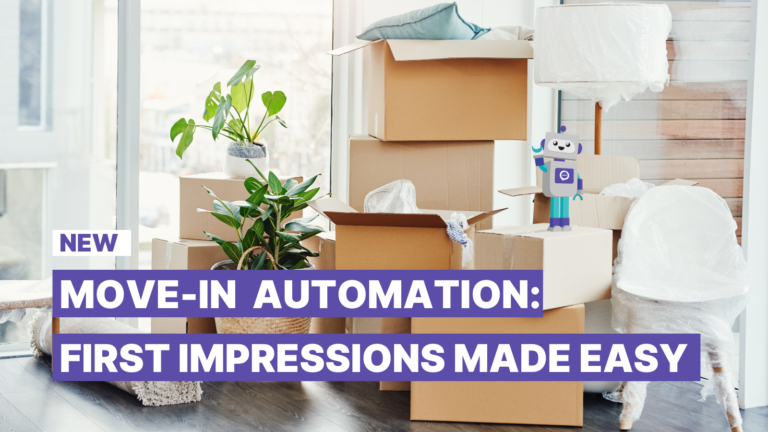Chatbots have become part of everyday life in recent years. We use them to complete a variety of tasks, like schedule meetings, connect with customer service reps, plan vacations, and find apartments.
Given that this technology is relatively new, it should be no surprise that some kinks still need to be worked out. The biggest obstacle chatbots must overcome is ensuring that they offer a great user experience for all, including people with vision and hearing impairments.
This applies not only to chatbots, but to websites in general. Although the Americans with Disabilities Act doesn’t specifically mention websites, many sites can be considered “places of public accommodation,” despite not having a physical presence. So, they should be just as accessible to those with disabilities as brick-and-mortar businesses, according to Title III of the Americans with Disabilities Act.
The Web Content Accessibility Guidelines, are the most widely used set of accessibility standards for web content. First published in 2008, the WCAG standards define how to make web content more accessible to people with a wide range of disabilities, including auditory, visual, speech, cognitive, learning, language, physical, and neurological disabilities.
In June 2018, WCAG was updated. WCAG 2.1 standards include guidelines on improving web accessibility on mobile devices, as well as for people with low vision and cognitive disabilities.
Here are some tips on how to ensure that your apartment chatbot is as accessible as possible.
Make your content perceivable.
In order for people with vision and hearing differences to interact with your apartment chatbot, add text describing any images you use, which can be read by screen reader software. If your chatbot speaks, provide closed captioning for those who are hard-of-hearing.
Use alternate reply methods.
It’s common for apartment chatbots to use “quick replies,” in which the user chooses from a set of several possible replies that they can click on. This could be an issue for visually impaired users, so consider adding the option of voice-to-text replies, or insert tags that a screen reader could understand so they can provide the possible replies to the user.
Make the conversation easy to follow.
A confusing issue arises when using a screen reader, in that it can be a challenge to figure out who has said what. This can be solved by having every message marked as “from the chatbot” or “from the user,” which can help the screen reader contextualize the exchange for those who are sight impaired and those who need a transcript of the conversation.
Add skip links.
A skip link gives direct access to a specific area of a page. They’re inserted at the top of the page and, when using a screen reader, they are vocalized first. So, a visually impaired user will select the skip link to be taken directly to the location of the apartment chatbot on the screen.
Allow for keyboard navigation.
Ensure that your apartment chatbot allows for navigation using the keyboard rather than the mouse for visually impaired users. In addition, the screen reader should detect and announce the chatbot and explain what keys (Shift + Tab, for example) should be used to interact with it.
Keep screen magnifiers in mind.
If a chat window is too wide, it can be tedious to read for those using magnifying software. The apartment chatbot should be compatible with screen magnifiers and allow for the entire chat to be easily legible.
If you would like to see an accessible apartment chatbot in action, contact Respage to schedule a demo!






